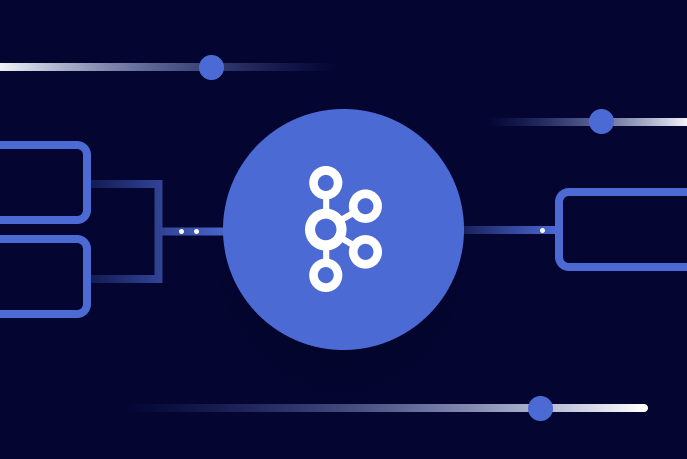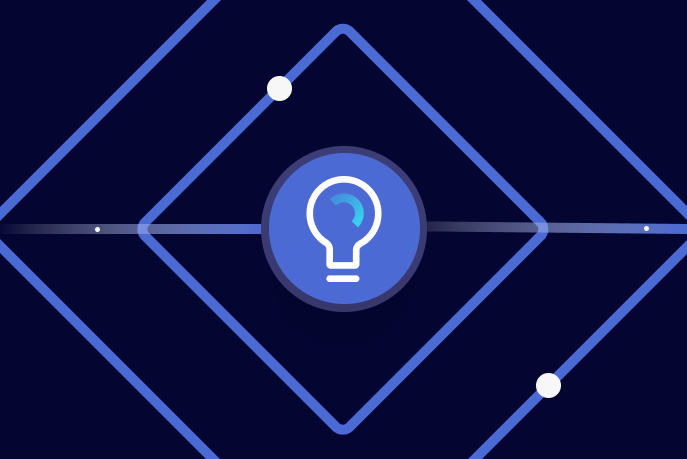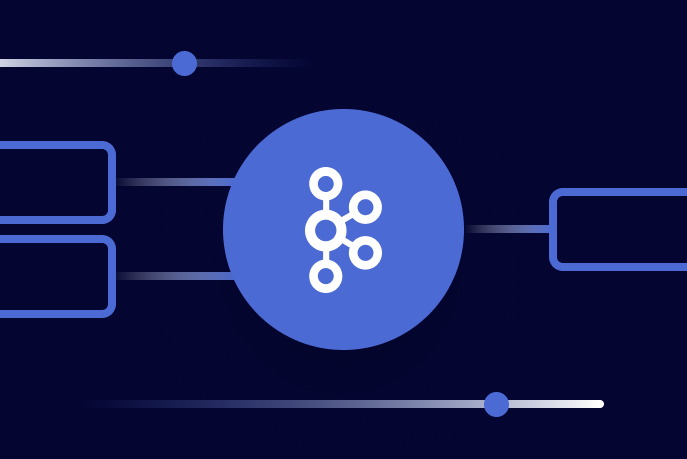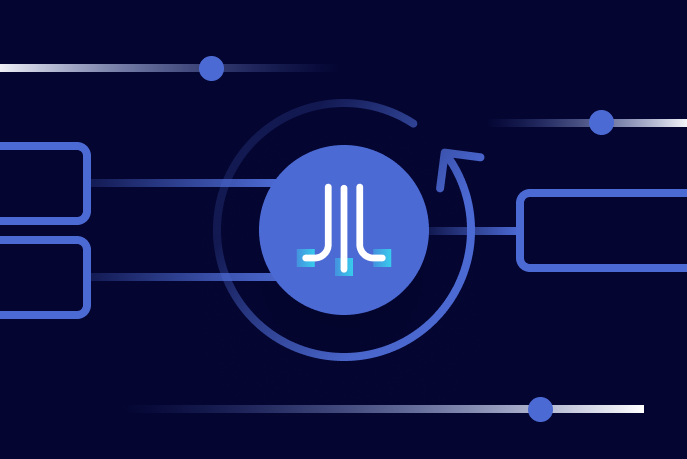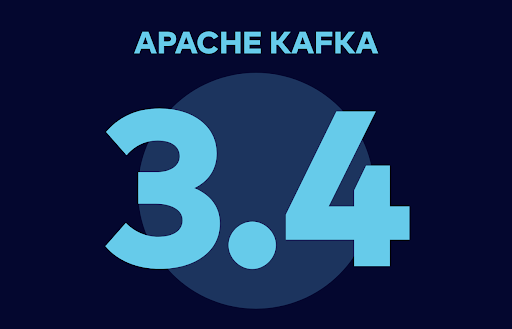Technology
Data Products, Data Contracts, and Change Data Capture
Change data capture is a popular method to connect database tables to data streams, but it comes with drawbacks. The next evolution of the CDC pattern, first-class data products, provide resilient pipelines that support both real-time and batch processing while isolating upstream systems...
Unlock Cost Savings with Freight Clusters–Now in General Availability
Confluent Cloud Freight clusters are now Generally Available on AWS. In this blog, learn how Freight clusters can save you up to 90% at GBps+ scale.
Contributing to Apache Kafka®: How to Write a KIP
Learn how to contribute to open source Apache Kafka by writing Kafka Improvement Proposals (KIPs) that solve problems and add features! Read on for real examples.
Create Stream Designer Pipelines with the Confluent CLI and Pipelines API
Use the Confluent CLI and API to create Stream Designer pipelines from SQL source code.
Real-Time or Real Value? Assessing the Benefits of Event Streaming
Experienced technology leaders know that adopting a new technology can be risky. Often, we are unable to distinguish between those investments that will be transformational and those that won’t be worthwhile. This post examines how one can decide if event streaming makes sense for them.
Streaming Data Product Lifecycle Management
Learn how modern data management approaches like data mesh and event-driven architecture (EDA) can be used to manage data platforms and how to take advantage of them.
With Data, Trust Comes First
Perhaps the largest challenge for modern data teams is gaining and retaining trust. The challenge of Big Data has come and gone, now we face the challenge of Untrustworthy Data, which will be one of the core focal points of the data space in 2023 and beyond.
Getting Started with Python for Apache Kafka
Get an introduction to why Python is becoming a popular language for developing Apache Kafka client applications. You will learn about several benefits that Kafka developers gain by using the Python language.
Multi-Geo Replication 101 for Apache Kafka: The What, How, and Why
Discover tools, practices, and patterns for planning geo-replicated Apache Kafka deployments to build reliable, scalable, secure, and globally distributed data pipelines that meet your business needs.
Combining CDC Transactional Messages Using Kafka Streams
An Approach to combining Change Data Capture (CDC) messages from a relational database into transactional messages using Kafka Streams.
Apache Kafka with Control and Data Planes
This post details how to minimize internal messaging within Confluent platform clusters. Service mesh and containerized applications have popularized the idea of control and data planes. This post applies it to the Confluent platform clusters and highlights its use in Confluent Cloud.
Is Apache Kafka a Database? With ksqlDB, Most Definitely
Using Apache Kafka to decouple microservices is a successful way to build a more resilient, flexible, and scalable architecture. However, it is very common for such microservices to pair with a database. This blog provides a real-world use case on how Kafka replaces a database with ksqlDB.
Dynamic vs. Static Consumer Membership in Apache Kafka
This article summarizes dynamic versus static consumer group membership in Apache Kafka. It shows how the approaches affect rebalancing in heavy state applications and teaches the user how to choose between the methods.
Apache Kafka Beyond the Basics: Windowing
Learn what windowing is in Kafka Streams and get comfortable with the differences between the main types.
What’s New in Apache Kafka 3.4
Apache Kafka 3.4 includes early access to ZooKeeper to KRaft migrations, enabling existing Kafka clusters to migrate to KRaft mode and gain scalability and resiliency benefits. Additionally, 3.4 includes several updates to Kafka Core, Streams, Connect, and more.
Secure Shared Services with Data Streaming: OAuth, Client Quotas, and more
Announcing the latest updates to Confluent’s cloud-native data streaming platform, centralized identity management, enhanced RBAC, Client Quotas, and more.


